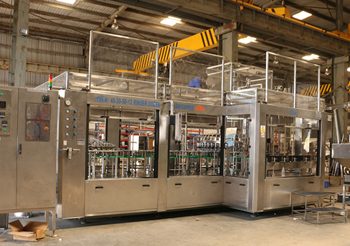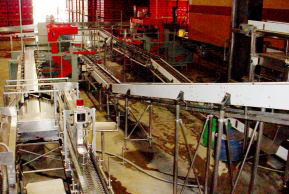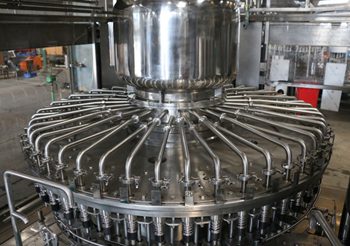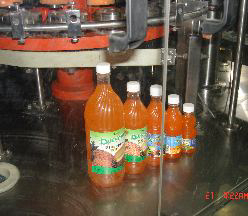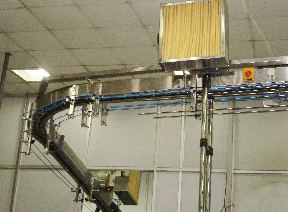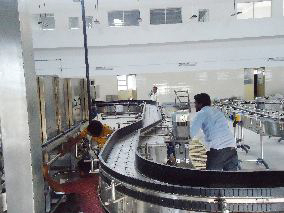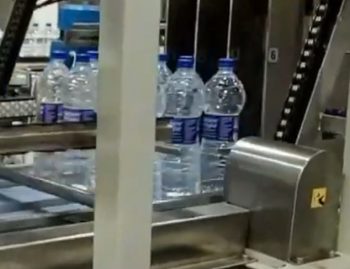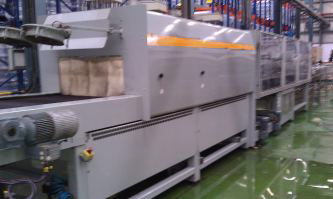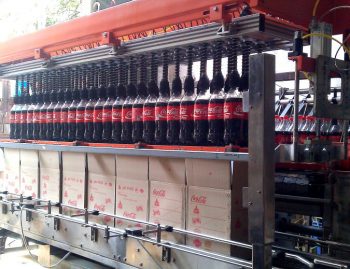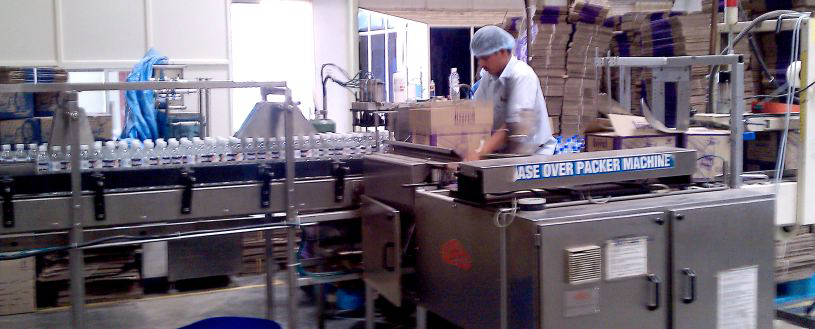
Introduction to Packaging Machinery
Packaging machinery has come a long way since its inception. It’s not just about wrapping products anymore; it’s about innovation, efficiency, and sustainability. As technology continues to advance at an unprecedented pace, the evolution of packaging machinery reflects these changes in our world. From manual labor to automated systems, every shift has shaped the industry in remarkable ways.
Imagine walking into a factory where machines work seamlessly together to package items faster than any human could dream of. This transformation didn’t happen overnight; it took decades of ingenuity and adaptation to reach this point. Let’s explore how packaging machinery has evolved over time and what the future holds for this dynamic field.
The Early Days: Manual and Mechanical Machines
In the early days of packaging, manual labor was the backbone of the industry. Workers relied on their hands and basic tools to package goods. It was a time when every box and bottle required meticulous effort.
As demand grew, so did innovation. Mechanical machines emerged as game-changers. These devices performed repetitive tasks faster than human hands could manage. The first machines were simple but laid the groundwork for future advancements.
Operators had to monitor these machines closely, ensuring everything ran smoothly. This era marked a shift from pure manual work to a blend of human skill and mechanical assistance.
Each innovation brought with it new challenges and opportunities. Industries began exploring ways to improve efficiency without sacrificing quality or reliability in their packaging processes.
The Rise of Automation in Packaging
The landscape of packaging machinery has transformed dramatically with the rise of automation. Companies are increasingly turning to automated systems to enhance efficiency and reduce labor costs.
Automation streamlines production processes, allowing businesses to maintain consistent quality while scaling operations. This shift is particularly beneficial in high-demand industries where speed is crucial.
Advanced sensors and software innovations have made it easier for machines to adapt on-the-fly. They can adjust settings based on real-time data, optimizing the packaging process without human intervention.
Moreover, automation minimizes human error, leading to fewer defects and waste. With precise control over every aspect of production, companies can achieve greater accuracy in their packaging lines.
As this technology continues evolving, it’s clear that automation isn’t just a trend; it’s a fundamental change shaping the future of packaging machinery. The integration of smart technologies will redefine operational capabilities across various sectors.
Advancements in Robotics and Artificial Intelligence
The packaging industry is undergoing a significant transformation, driven by advancements in robotics and artificial intelligence. Today’s machines are not just automated; they’re smart.
Robots equipped with AI can learn from their environment. They adapt to different tasks without extensive reprogramming. This flexibility allows manufacturers to switch between products seamlessly.
Vision systems powered by AI enhance quality control processes. They detect defects faster than the human eye, ensuring that only the best products reach consumers.
Collaboration between humans and robots is also evolving. Cobots, or collaborative robots, work alongside workers to boost efficiency while maintaining safety standards.
These technologies streamline operations significantly, reducing labor costs and increasing productivity across various sectors of packaging machinery. As companies embrace this digital shift, they position themselves for success in an increasingly competitive landscape.
Sustainable Packaging Solutions
Sustainable packaging solutions are transforming the industry. Companies increasingly prioritize environmentally friendly materials and processes.
Biodegradable plastics made from plant-based sources are gaining traction. These materials break down naturally, reducing landfill waste significantly.
Recyclable packaging is another vital trend. Consumers appreciate brands that promote circular economy practices. A focus on recycling helps minimize resource consumption and pollution.
Innovative designs also play a role in sustainability. Brands are rethinking their packaging shapes to reduce material usage without compromising product safety.
Moreover, new technologies enable smarter choices in sourcing and production. Digital printing reduces ink waste while allowing for customizable packages that resonate with eco-conscious consumers.
As awareness grows, the demand for sustainable options will likely continue to rise. Businesses must adapt quickly or risk falling behind in this evolving landscape of ethical consumerism.
The Future of Packaging Machinery: Smart and Connected Machines
The future of packaging machinery is poised to be revolutionized by smart and connected machines. These innovations are integrating advanced sensors and IoT technology, enabling real-time data collection and analysis.
Imagine a packaging line that communicates seamlessly with supply chain systems. This connectivity allows for dynamic adjustments based on demand fluctuations or inventory levels. Machines can now learn from previous operations, optimizing their performance over time.
Predictive maintenance is another game-changer. With continuous monitoring, potential issues can be identified before they disrupt production. This not only enhances efficiency but also minimizes downtime.
Moreover, these intelligent systems promote customization in packaging solutions. Companies can quickly adapt designs to meet consumer preferences without extensive retooling.
As industries embrace this wave of technological sophistication, the landscape of packaging will become more agile and responsive than ever before. The integration of artificial intelligence into machinery signals an exciting journey ahead for manufacturers and consumers alike.
Impact on the Industry and Consumers
The evolution of packaging machinery has significantly reshaped industry dynamics. Companies are now able to enhance efficiency and reduce waste through advanced technologies. This shift allows for faster production times, which translates into quicker delivery for consumers.
For consumers, the impact is equally profound. With smarter machines comes a higher quality of products. Packaging not only preserves freshness but also communicates brand values effectively.
Moreover, as sustainability becomes essential, innovative solutions cater to environmentally conscious shoppers. Consumers increasingly favor brands that prioritize eco-friendly practices in their packaging.
This synergy between technology and consumer preferences drives companies to adapt continuously. The result? A more responsive market that aligns with modern expectations and needs while fostering growth within the sector itself.
Conclusion
The evolution of packaging machinery reflects the dynamic interplay between technology and industry needs. From the early days of manual and mechanical machines to today’s sophisticated automated systems, each phase has pushed boundaries. Automation paved the way for increased efficiency, while advancements in robotics and artificial intelligence have further transformed processes.
Sustainability is now a priority too. As consumers demand eco-friendly options, manufacturers are innovating with sustainable materials and practices that reduce waste. The emergence of smart and connected machines promises even greater integration with supply chains, enhancing productivity while minimizing environmental impact.
As these changes unfold, both industries and consumers experience profound benefits. Faster production lines mean fresher products reaching shelves sooner. A focus on sustainability aligns with consumer values, fostering brand loyalty.
The journey of packaging machinery continues to be shaped by innovation. With every leap forward in technology comes new opportunities for growth and improvement in how we package goods for a changing world.
